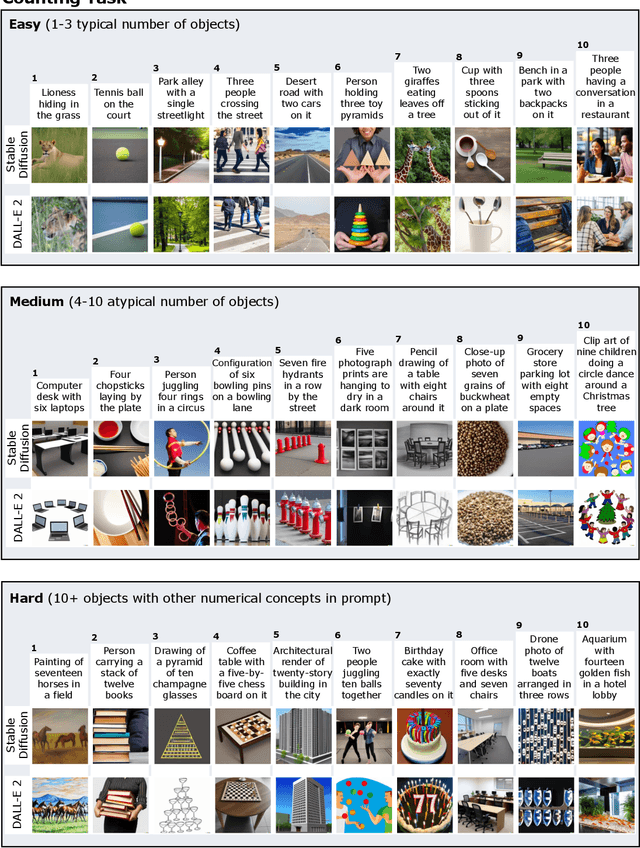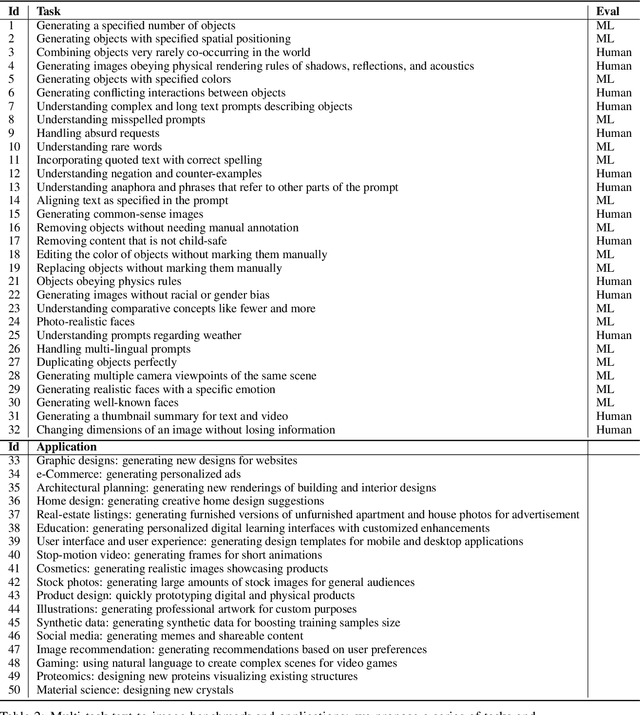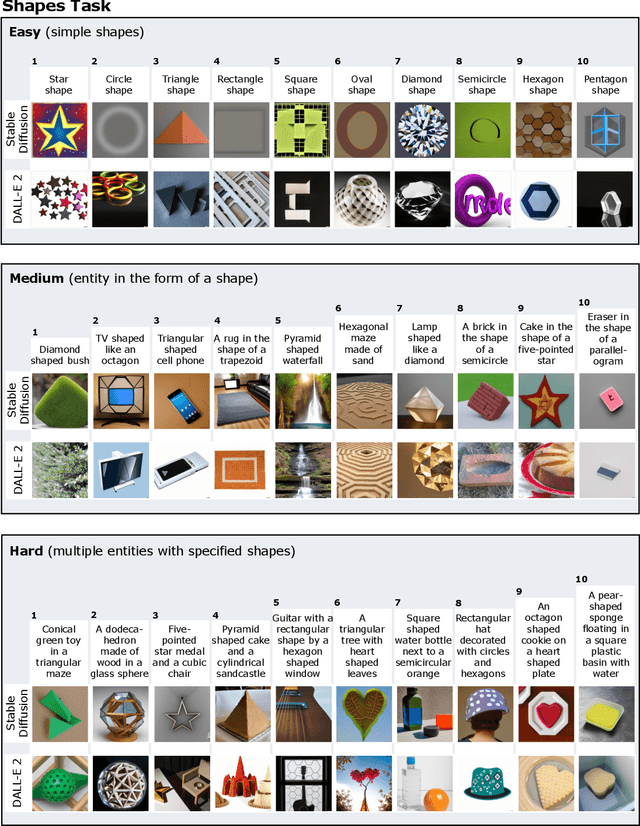Arvind Raghavan
Counterfactual Realizability
Mar 14, 2025Abstract:It is commonly believed that, in a real-world environment, samples can only be drawn from observational and interventional distributions, corresponding to Layers 1 and 2 of the Pearl Causal Hierarchy. Layer 3, representing counterfactual distributions, is believed to be inaccessible by definition. However, Bareinboim, Forney, and Pearl (2015) introduced a procedure that allows an agent to sample directly from a counterfactual distribution, leaving open the question of what other counterfactual quantities can be estimated directly via physical experimentation. We resolve this by introducing a formal definition of realizability, the ability to draw samples from a distribution, and then developing a complete algorithm to determine whether an arbitrary counterfactual distribution is realizable given fundamental physical constraints, such as the inability to go back in time and subject the same unit to a different experimental condition. We illustrate the implications of this new framework for counterfactual data collection using motivating examples from causal fairness and causal reinforcement learning. While the baseline approach in these motivating settings typically follows an interventional or observational strategy, we show that a counterfactual strategy provably dominates both.
Human Evaluation of Text-to-Image Models on a Multi-Task Benchmark
Nov 22, 2022



Abstract:We provide a new multi-task benchmark for evaluating text-to-image models. We perform a human evaluation comparing the most common open-source (Stable Diffusion) and commercial (DALL-E 2) models. Twenty computer science AI graduate students evaluated the two models, on three tasks, at three difficulty levels, across ten prompts each, providing 3,600 ratings. Text-to-image generation has seen rapid progress to the point that many recent models have demonstrated their ability to create realistic high-resolution images for various prompts. However, current text-to-image methods and the broader body of research in vision-language understanding still struggle with intricate text prompts that contain many objects with multiple attributes and relationships. We introduce a new text-to-image benchmark that contains a suite of thirty-two tasks over multiple applications that capture a model's ability to handle different features of a text prompt. For example, asking a model to generate a varying number of the same object to measure its ability to count or providing a text prompt with several objects that each have a different attribute to identify its ability to match objects and attributes correctly. Rather than subjectively evaluating text-to-image results on a set of prompts, our new multi-task benchmark consists of challenge tasks at three difficulty levels (easy, medium, and hard) and human ratings for each generated image.
 Add to Chrome
Add to Chrome Add to Firefox
Add to Firefox Add to Edge
Add to Edge